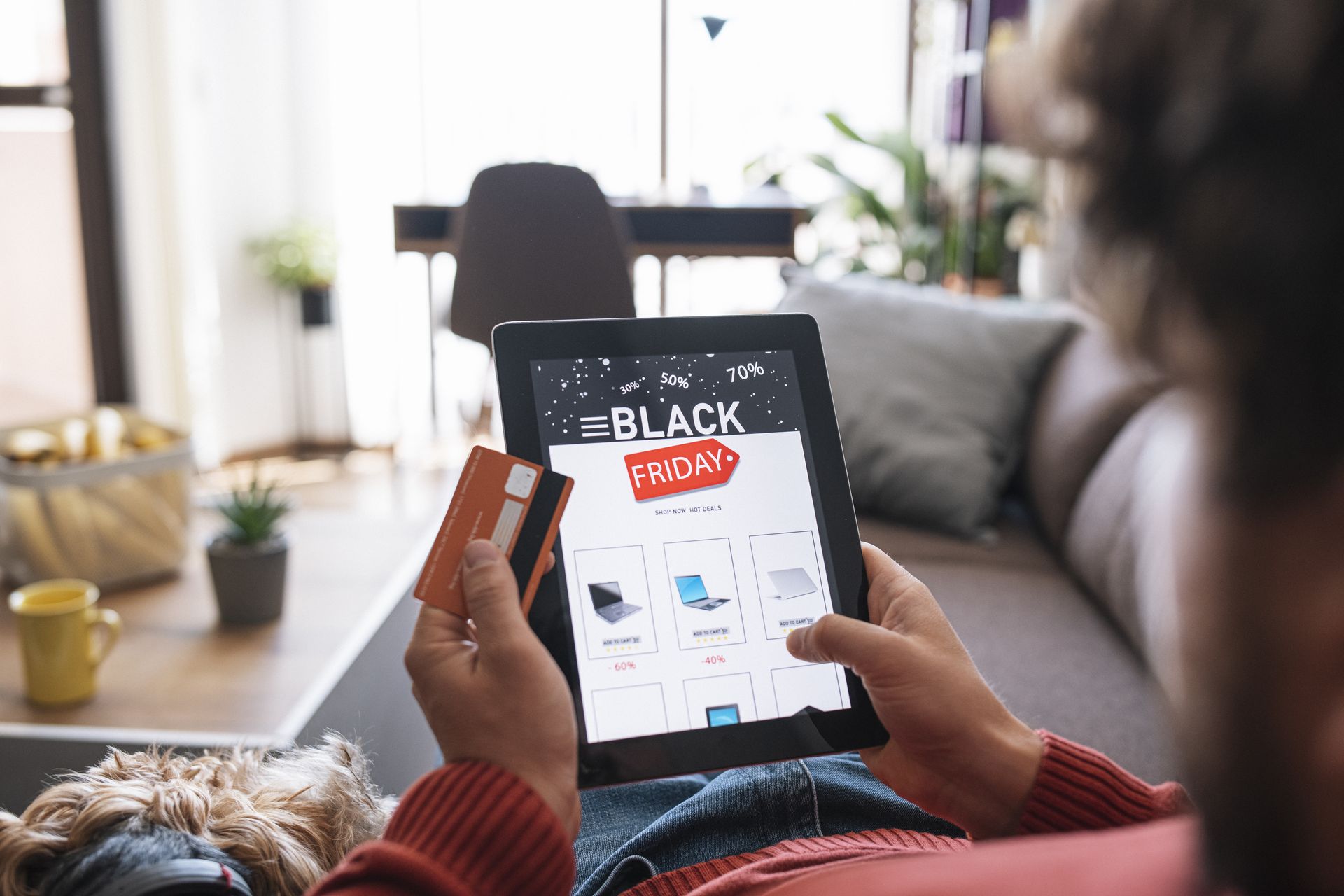For online retailers, BF/CM Week—the days from Black Friday through the following Cyber Monday - is one of the year’s most important sales events. Black Friday, held on the last weekend in November, marks the kickoff to the high-revenue holiday shopping season. Given the high transaction volume and large number of visitors on this day, both strategic campaign preparation and a stable, resilient platform are essential for a successful BF/CM experience.
To ensure the BF/CM weekend is a success for you and a positive experience for your customers, we’ve compiled exciting statistics from recent studies, quick actionable recommendations, and a checklist.
Prevent Revenue Loss from System Downtime
The number of customers shopping online on Black Friday is extremely high—visitor numbers typically multiply several times over. According to E-Commerce Magazine, 41 percent of consumers plan targeted bargain hunting on Black Friday 2025. The study also reveals that customers are especially impatient on these promotional days: if a page loads too slowly or there are technical issues, they are quicker to switch to a competitor offering discounts—competition is particularly fierce on these days.
A system failure on Black Friday can lead to substantial financial losses. When customers suddenly lose access to an online shop, transactions are interrupted, and revenue potential is left untapped—downtime during Black Friday can cost companies millions. These losses stem not only from direct revenue decline but also from potential negative impacts on brand image and customer trust.
Important: Customers tend to make more emotional purchases on these days—a positive and smooth shopping experience can not only increase conversion rates on Black Friday but also foster long-term customer loyalty. Learn more in our whitepaper Innovative Strategies for Long-Term Customer Loyalty.
Best Practice: Read our success story to learn how Versandhaus Walz significantly improved Black Friday performance and revenue in 2023 following a system migration with diva-e.
Black Friday Checklist
1. Planning & Strategy – The Foundation of Your Success
Black Friday is no longer just a one-day event; it marks the start of the most profitable period in online retail. Structured planning determines success or frustration.
Your strategic to-dos:
Plan at least 6–8 weeks in advance.
Analyze your data from previous Black Fridays.
Define clear objectives (e.g., revenue growth, inventory reduction, new customers).
Create a communication and campaign plan for email, social media, paid ads, and on-site promotions.
Expert tip: Include Cyber Monday and the Christmas season in your planning from the start to leverage synergies and avoid duplicated work.
2. Technical Preparation – Stability Under High Load
A high-performance online store is the foundation for successful Black Friday campaigns. If pages load too slowly or servers are overloaded, customers will abandon their carts.
Technical to-dos:
Conduct load tests to simulate traffic spikes.
Scale servers and hosting (cloud environment, caching, load balancers).
Enable a Content Delivery Network (CDN).
Check and optimize Core Web Vitals (loading speed, interactivity, layout stability).
Set up monitoring and alerts.
Test error pages and redirects.
Tool tip: Use Google Lighthouse, WebPageTest, or GTmetrix to identify performance issues early.
3. User Experience & Conversion – Checkout Is Key
Every second counts on Black Friday. Customers have little patience—usability determines whether they buy or leave.
Optimization points:
Simplify the checkout process—as few clicks as possible.
Offer guest checkout and popular payment methods (PayPal, Klarna, credit card).
Communicate delivery times and return policies clearly.
Use urgency and scarcity strategically (“Only 5 left!”, countdown timer).
Implement trust elements (certifications, reviews, secure payment).
Tip: Test the entire customer journey on mobile—most Black Friday purchases are made on smartphones.
4. Marketing & Communication – Visibility Is Everything
Your customers need to know about your offers—and early enough.
Recommended actions:
Email marketing: segmented campaigns with exclusive offers.
Social media: countdown posts, teaser videos, discount codes.
Paid ads & retargeting: plan budgets early and account for CPC spikes.
Onsite banners & pop-ups: targeted and mobile-friendly.
Influencer partnerships: build authentic reach.
Tip: Start with early-bird offers to reduce price pressure on Black Friday itself.
5. Logistics & Customer Service – Preparing for High Demand
Overloaded warehouses or long delivery times can result in a negative shopping experience. Ensure that all processes run smoothly.
Logistical to-dos:
Check inventory levels and secure replenishment.
Inform shipping partners early.
Optimize returns processes and communicate them clearly.
Strengthen customer service (live chat, chatbot, extended availability).
Practical tip: Use automated emails to keep customers informed about shipping status and delays. AI can also be integrated here—for example, a chatbot that generates fast, personalized responses across multiple channels. According to Salesforce, AI influenced $51 billion in online sales worldwide during Cyber Week 2024—particularly through targeted offers, product recommendations, and AI-powered chat services.
6. Analysis & Learnings – Making Success Measurable
After Black Friday comes the next Black Friday. Use the data you’ve collected to improve your strategy for next year.
Analysis KPIs:
Evaluate traffic, conversion rate, and revenue.
Analyze campaign performance (channel, target audience, timing).
Identify bottlenecks (e.g., checkout abandonment).
Evaluate customer feedback.
Derive optimizations for Cyber Monday and Christmas.
Tip: Document your insights centrally—it saves time and enables better decisions for the following year.
Conclusion
A successful Black Friday business relies not only on great deals but, above all, on robust technical infrastructure and strategic preparation. Companies that invest in the stability and performance of their e-commerce systems lay the foundation for satisfied customers, high sales figures, and long-term success. The demands on e-commerce platforms are constantly increasing, making effective planning and regular optimization essential to ensure a smooth and profitable Black Friday every year.
Our diva-e experts are happy to help you find and successfully implement the ideal setup for your brand.


